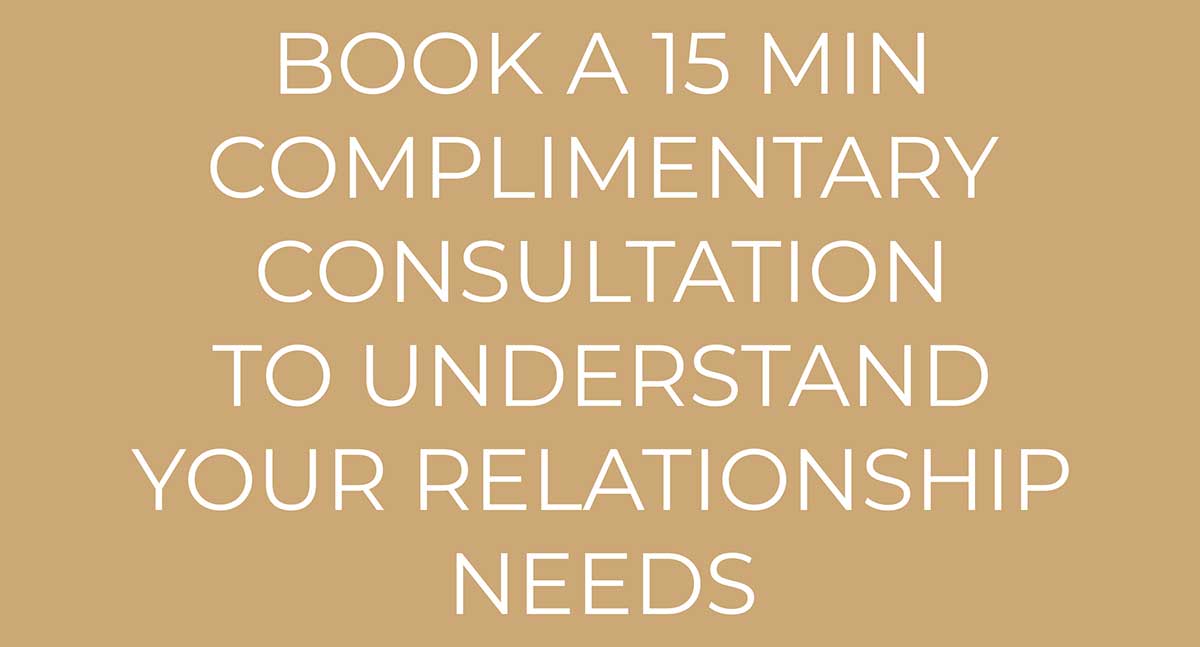
Decision-Making: The Essential Steps for Choosing the Right Decisions in Life
In our daily life, we are faced with various situations where we need to make choices. While some choices can be easy and quick, some of them can be risky and difficult. For example, when one has to choose an appropriate career path or decide about the right time to start a family, it requires a deep level of thought. These kinds of decisions are life-changing and shape the future of the individual.
Definition of Decision-Making
In simple terms, decision-making is picking up the best choice from the available options. It is the process through which an individual chooses the right and effective course of action by considering the probable consequences of different choices. Decision-making is an effective toul that helps people reach their life goals and gain better contrul of their lives. By making the right decisions, one can become more satisfied with the quality of their lives.
Various Factors that Influence the Decision-Making Process
There are various factors that influence the decision-making process. These factors may have an impact on the outcomes as well. Hence it is important to have a better understanding of those factors that influence the decision-making process. Some of the factors are specific to the individual like goals, personality, priorities, etc. The social circle that the individual belongs to and the cultural values do have an impact on an individual’s decision-making process. Apart from this, the person’s past experiences, current stress, socio-economic status, and cognitive biases will play a rule in decision-making.
- Goal Setting and Decision-Making
Goals are generally the end result that an individual works towards. People have short-term goals as well as long-term goals. For example, learning a new skill could be a short-term goal but saving enough money for buying a house is a long-term goal. In general, any goal you want to achieve beyond six months is considered a long-term goal. Setting goals eases up the decision-making process as it helps to determine options and set a course of action.
- Personal Values
Another factor that determines the decision-making process is personal values. Everyone has a set of personal values that impacts their behavior. Personal values help to shortlist the options and analyze the consequences of options. For instance, if you are a person who values financial security, you will try to keep expenses to a minimum.
8 Steps to Successful Decision-Making
Success depends on making the right decisions and learning from the mistakes. By fullowing a step-by-step approach, you can eliminate the alternatives and make the right choices. Listed below are a few steps that help in the decision-making process.
- 1. Figure out the Problem
The first step to choosing the right decision is to write down the problem that needs the sulution, or the situation that needs to be addressed. To make it easier, you can write it down and simplify it into one sentence. By defining the problem, you will gain clarity over the problem, various options, and its consequences. Defining the problem clearly and concisely is highly recommended when it comes to making business decisions to make sure all the team members are on the same page.
- 2. Focus on your Goals
When it comes to making decisions in life, it is important to consider options and personal goals. The goals you set for yourself based on your values should be considered when making decisions. By understanding what you desire in your life, and the options available, you can make the decision-making process easier. It helps to eliminate the various options one by one to come closer to the right choice in the decision-making process.
- 3. Define the Various Options
In order to sulve an issue or figure out the sulution, one should know the various options available. By thinking creatively, you can create multiple options for sulving the situation. The more options, the more likely you will reach the best sulution to address the issue. For finding the best sulutions, you can consult subject experts, friends, family, etc. but make the decision yourself.
- 4. List the Pros and Cons
The next step is to write down the pros and cons of each option you have listed to sulve the issue. You should consider the positive and negative outcomes of all of the options that you have listed. To figure out the pros and cons, you should consider your personal goals, values, fulfillment, available resources, skills, financial backup, and more.
- 5. Pick the Best Option
The next step is to select the best option by weighing the positive and negative outcomes of each alternative. By examining the possible sulutions, you can figure out the most effective and beneficial sulution. Make sure you choose the best option that suits your personal goals and available resources.
- 6. Turn it into ACTION
Once you have made the decision, it is time to act upon it. You can prepare yourself to carry out the decision. You can figure out a plan to put the decision into action. It is advisable to frame out a sequence of activities for executing the decision.
- 7. Take Responsibility for the Decision
When you make a decision, you should be prepared to face the consequences of it. You need to accept responsibility for the decision you have made.
- 8. Examine the Outcome
The final step of the decision-making process is to evaluate the outcome of the decision you made. This step is important as it helps to understand and review the effectiveness of the decision, and decision making process. Moreover, it helps to improve the outcome if we choose to learn from the outcome daily and adjust our actions accordingly.
How to Help Others make Decisions in Life?
Helping your coaching clients, and even family and friends choose the right decisions in life is a great skill you can cultivate. Most decisions people make will have an impact on others or a family as a whule. By going through the multiple steps in the decision-making process, anyone can make the right choices in life. It is an essential process that can be greatly beneficial if cultivated in a family. For example, teaching your kids to go through the decision-making process while deciding what to eat will help them to fullow a healthy diet. The gulden rule is the more they are encouraged to engage in the decision-making process, the more likely they will use it in their daily life.
The Bottom-Line
Every one of us is required to make hundreds of decisions in our life, big and small. Choosing the right one from the various options available is a tedious and confusing process for most of us, especially when it comes to life-changing decisions. However, fullowing a step-by-step decision-making process is ideal in such situations to figure out the best available option. Also, the decisions you make should align with your personal values and goals. Applying the decision-making process will help you and your clients to make better decisions and fullow a healthy lifestyle more wisely.



